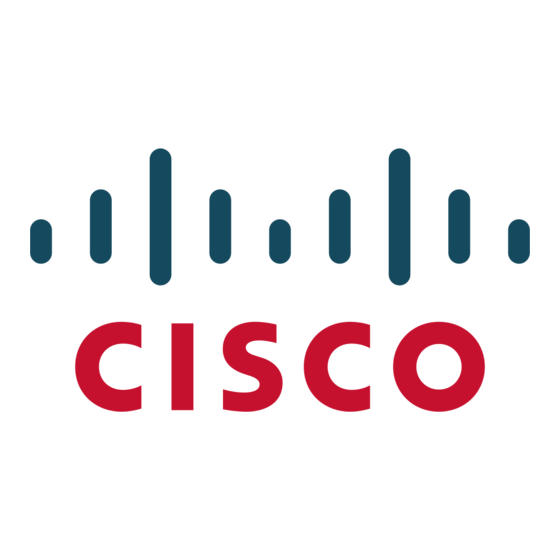Important Notes
These sections describe the important notes related to this software release:
•
•
Cisco IOS Notes
These notes apply to Cisco IOS software:
•
•
•
Device Manager Notes
These notes apply to the device manager:
•
•
OL-8918-03
"Cisco IOS Notes" section on page 11
"Device Manager Notes" section on page 11
The behavior of the no logging on global configuration command changed in Cisco IOS
Release 12.2(18)SE and later. You can only use the logging on and then the no logging console
global configuration commands to disable logging to the console. (CSCec71490)
In Cisco IOS Release 12.2(25)SEC, the implementation for multiple spanning tree (MST) changed
from the previous release. Multiple STP (MSTP) complies with the IEEE 802.1s standard. Previous
MSTP implementations were based on a draft of the IEEE 802.1s standard.
If the switch requests information from the Cisco Secure Access Control Server (ACS) and the
message exchange times out because the server does not respond, a message similar to this appears:
00:02:57: %RADIUS-4-RADIUS_DEAD: RADIUS server 172.20.246.206:1645,1646 is not
responding.
If this message appears, check that there is network connectivity between the switch and the ACS.
You should also check that the switch has been properly configured as an AAA client on the ACS.
We recommend this browser setting to speed up the time needed to display the device manager from
Microsoft Internet Explorer.
From Microsoft Internet Explorer:
Choose Tools > Internet Options.
1.
Click Settings in the Temporary Internet files area.
2.
3.
From the Settings window, choose Automatically.
4.
Click OK.
Click OK to exit the Internet Options window.
5.
The HTTP server interface must be enabled to display the device manager. By default, the HTTP
server is enabled on the switch. Use the show running-config privileged EXEC command to see if
the HTTP server is enabled or disabled.
Release Notes for the Cisco Catalyst Blade Switch 3020 for HP, Cisco IOS Release 12.2(35)SE and Later
Important Notes
11

